At Expo 2025 Osaka, Indonesia presents a pavilion that encapsulates its rich maritime heritage and forward-looking vision. Designed under the theme “Thriving in Harmony: Nature, Culture, Future,” the Indonesian Pavilion reflects both its cultural heritage and ambitions for a sustainable and inclusive future. The concept is closely aligned with the Expo’s overarching theme, “Designing Future Society for Our Lives,” and embodies the nation’s long-held motto: “Bhinneka Tunggal Ika” (Diversity in Unity).
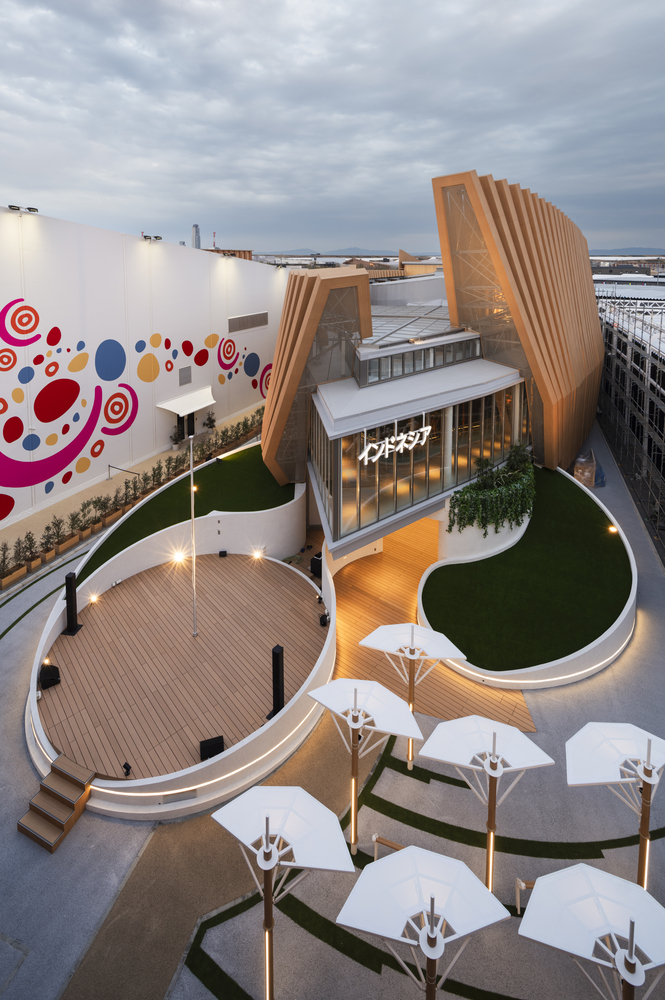
The structure itself draws inspiration from Indonesia’s deep maritime roots. Shaped like the hull of a traditional boat, the design pays homage to the country’s historic role as a seafaring archipelago while projecting a spirit of forward movement and resilience. The towering, upward-reaching form of the pavilion is symbolic of Indonesia’s aspirations, progressive, determined, and ready to navigate future challenges with confidence. Just as a boat must be balanced to sail, the pavilion’s form expresses the country’s commitment to balancing tradition with innovation, and identity with transformation.
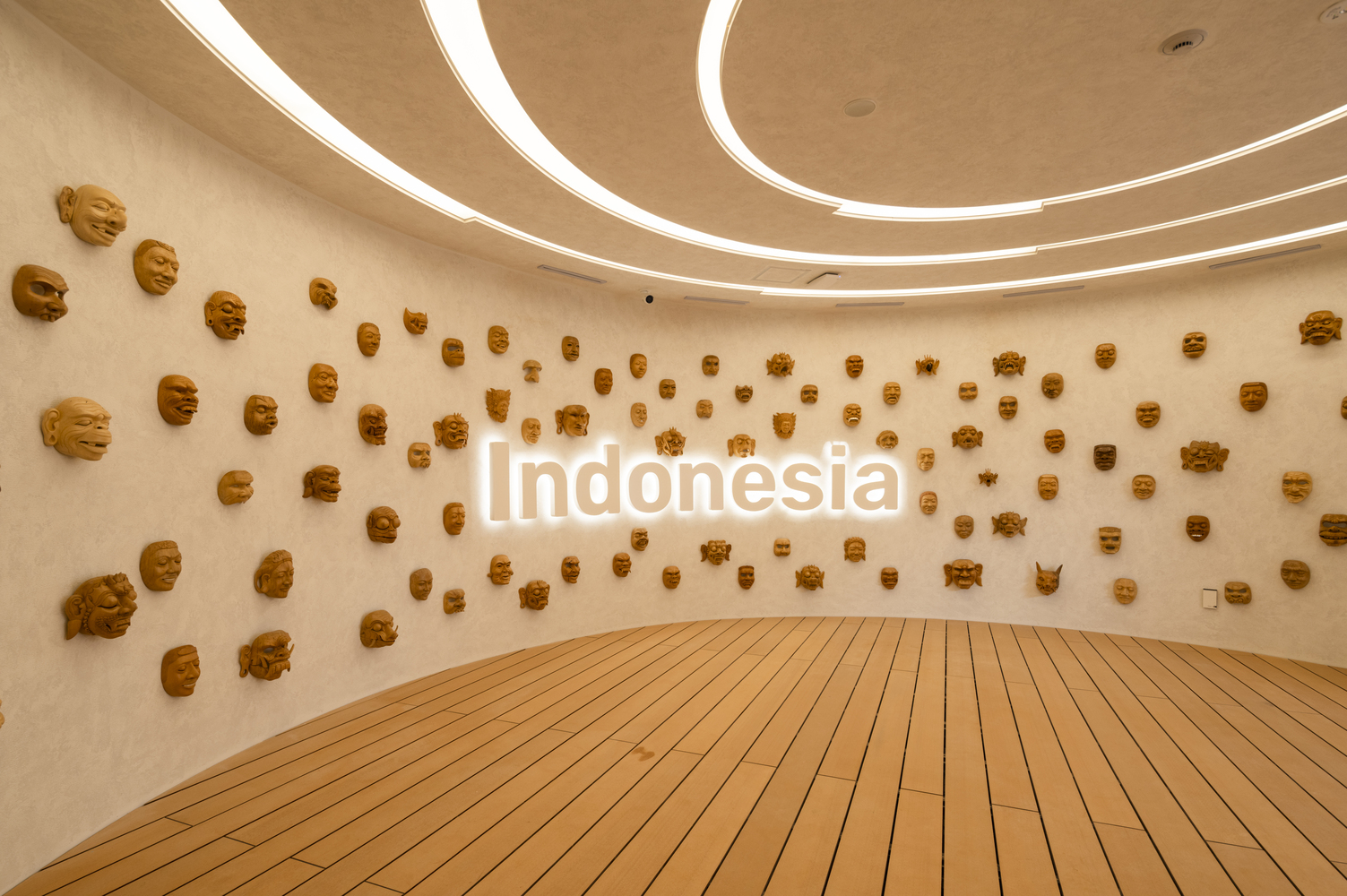
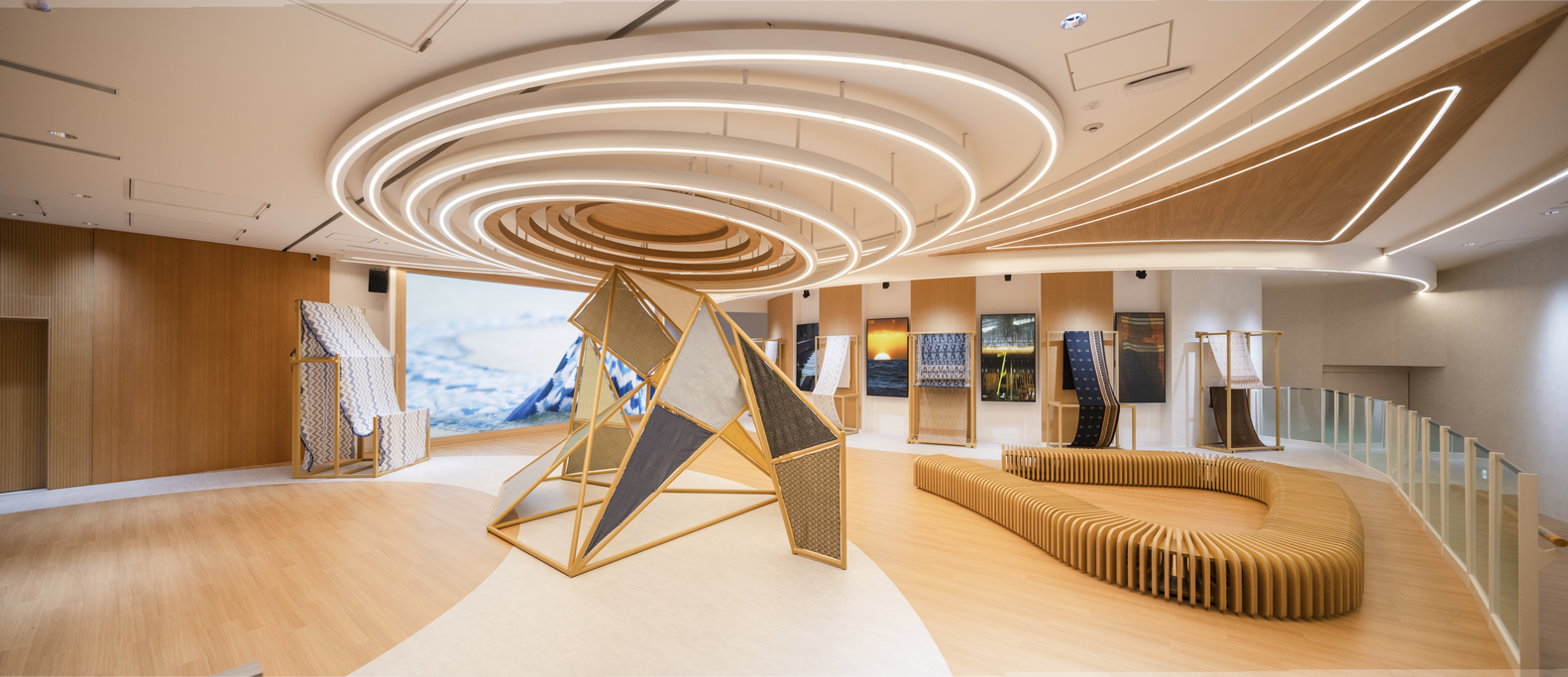
The idea of balance and stability, core principles in ship design, extends into the broader concept of the pavilion. This equilibrium is translated into a built environment where sustainability, efficiency, and cultural continuity are at the forefront. The pavilion is located in the Expo’s “Connecting Lives” zone and covers 1,750 square meters across two levels. Inside, visitors will experience three thematic zones (Nature, Culture, and Future), each offering a lens into Indonesia’s ecological richness, artistic heritage, and development ambitions.
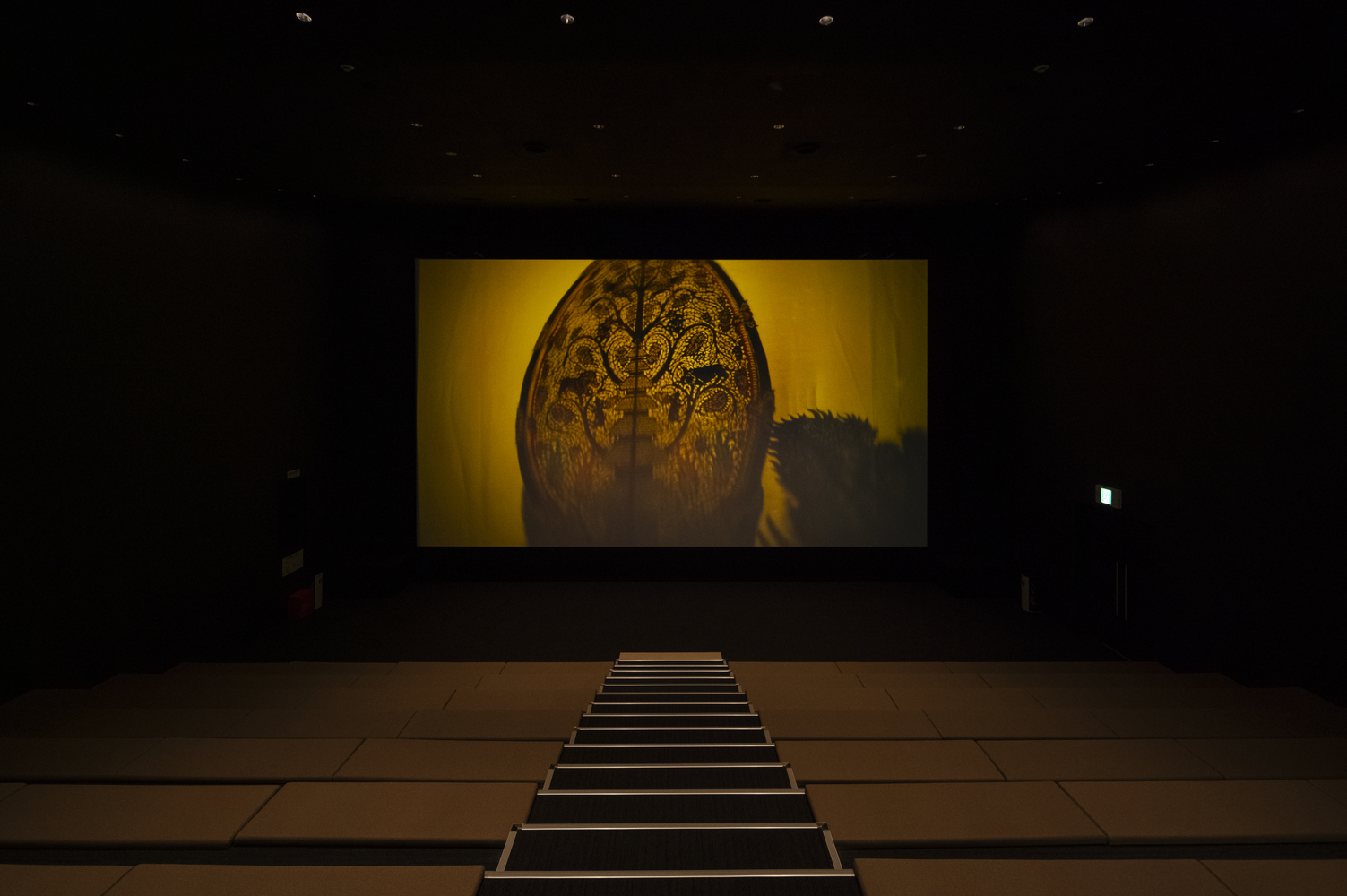

The Nature zone introduces guests to Indonesia’s vast biodiversity, with immersive installations that simulate tropical forests and showcase local flora and fauna. The Culture zone focuses on traditional crafts, performance arts, and martial arts, representing the diversity of Indonesia’s many communities. The Future zone, meanwhile, includes interactive exhibits on sustainable technologies and a model of Nusantara, the country’s new capital currently under development on the island of Borneo.


Environmental stewardship is a major part of the pavilion’s story. It is constructed using Plana wood, a forward-thinking composite made of 60% rice husks, 30% recycled plastic, and 10% additives. This choice reflects Indonesia’s commitment to the 10R sustainability principles, Rethink, Retrieve Energy, Reorganize, Replace, Reduce, Recycle, Reuse, Replant, Recover, and Repair. These principles guide the pavilion’s low-carbon design strategy and focus on resource circularity. Large windows and open structures allow for natural light penetration, reducing energy consumption and reinforcing the pavilion’s message of harmony with nature.
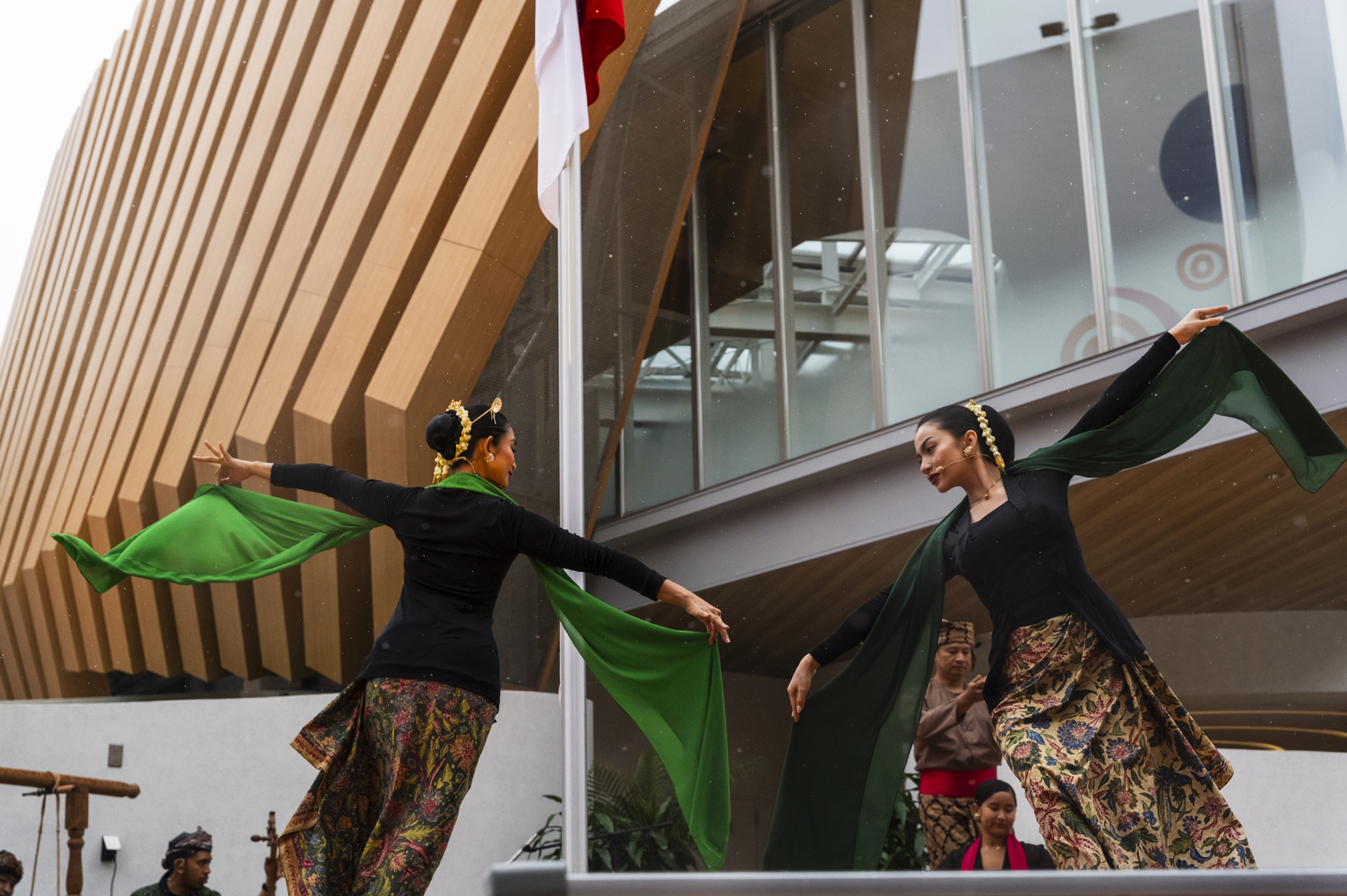

Adding a unique cultural and emotional layer, the pavilion is animated by three mascots: Tumala, Tumbaya, and Tumasa. These characters represent nature, culture, and the future, and are inspired by the Truntum batik motif, a traditional pattern symbolizing love, resilience, and renewal. They offer visitors a playful yet meaningful way to engage with the pavilion’s deeper themes.
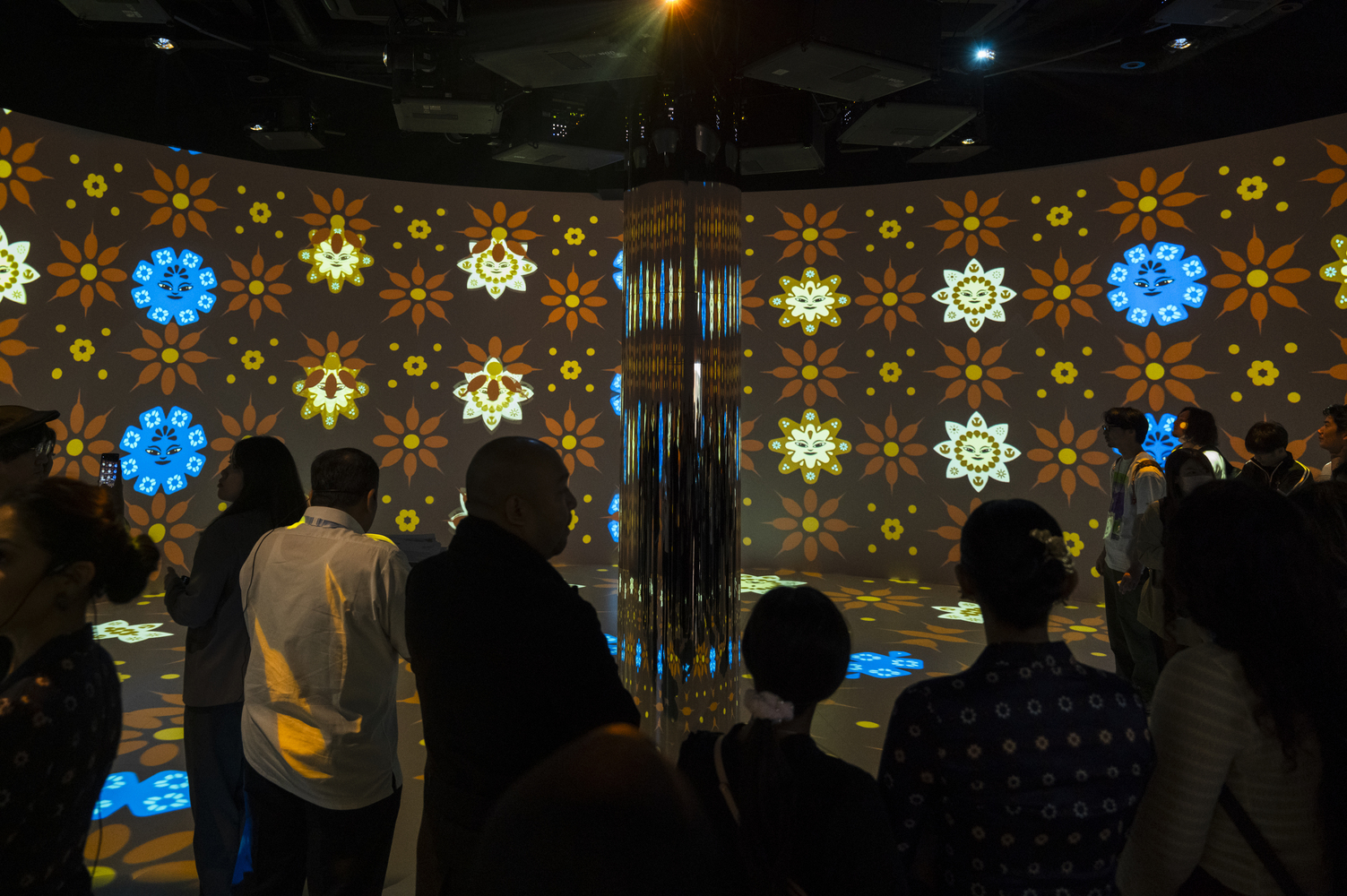
For a closer look at Expo 2025 Osaka and detailed insights into the diverse array of participating pavilions, explore our comprehensive coverage of Expo 2025 Pavilions.
Images Courtesy Courtesy of Indonesia Pavilion.




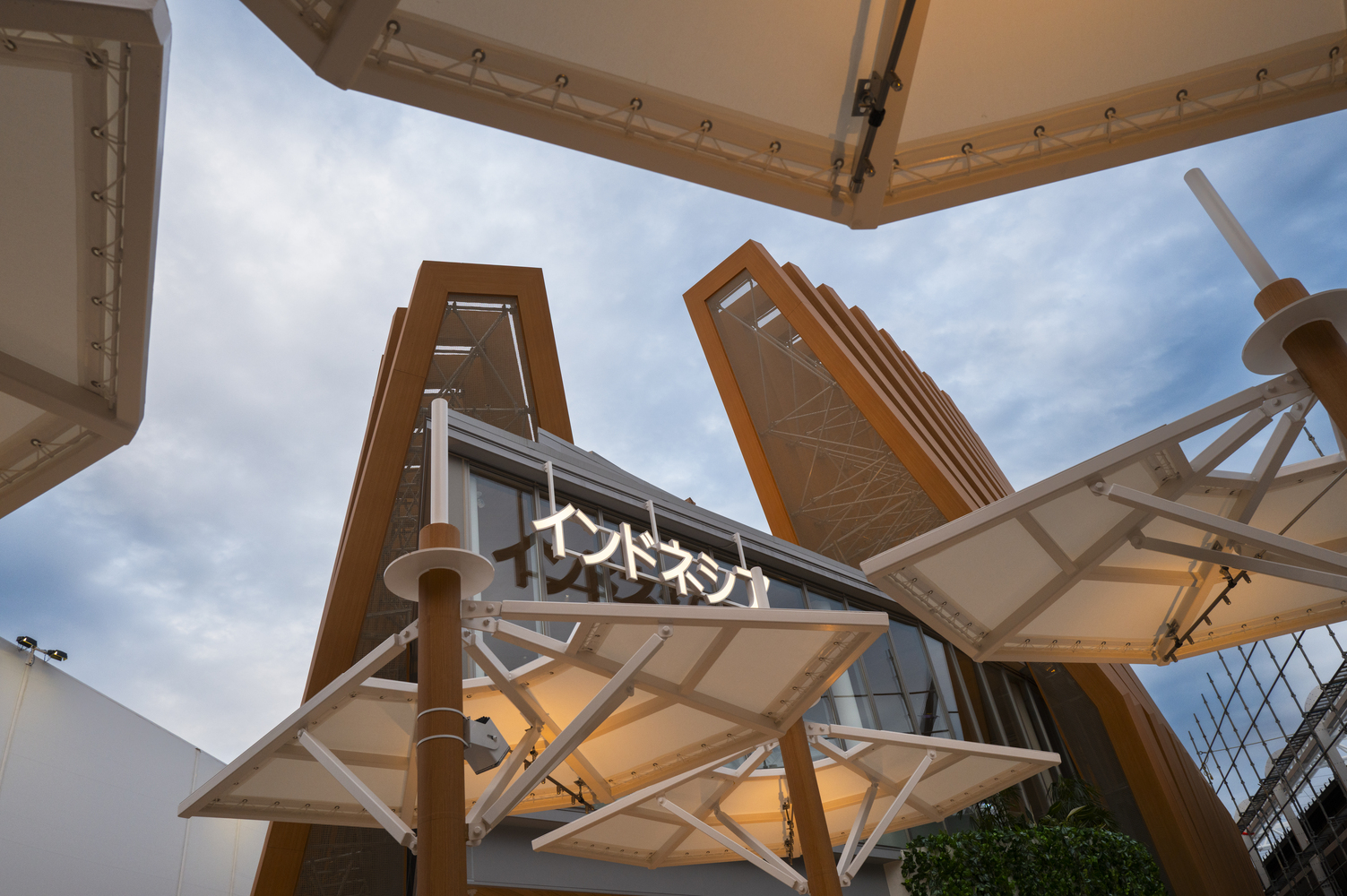










































Leave a comment